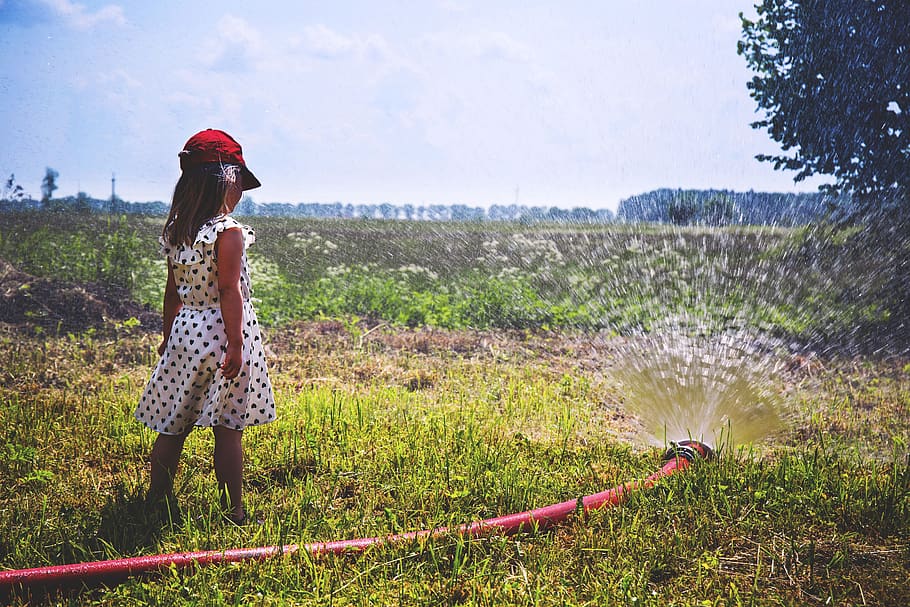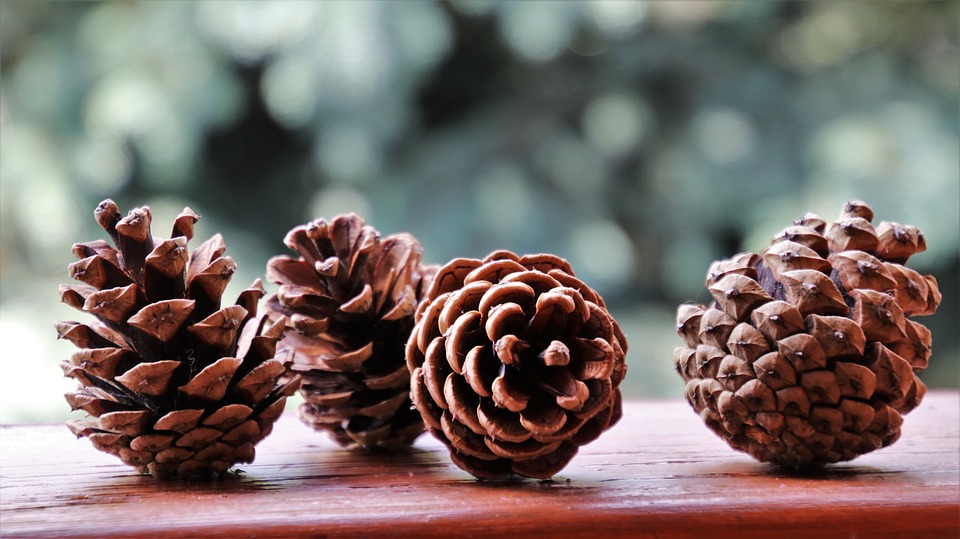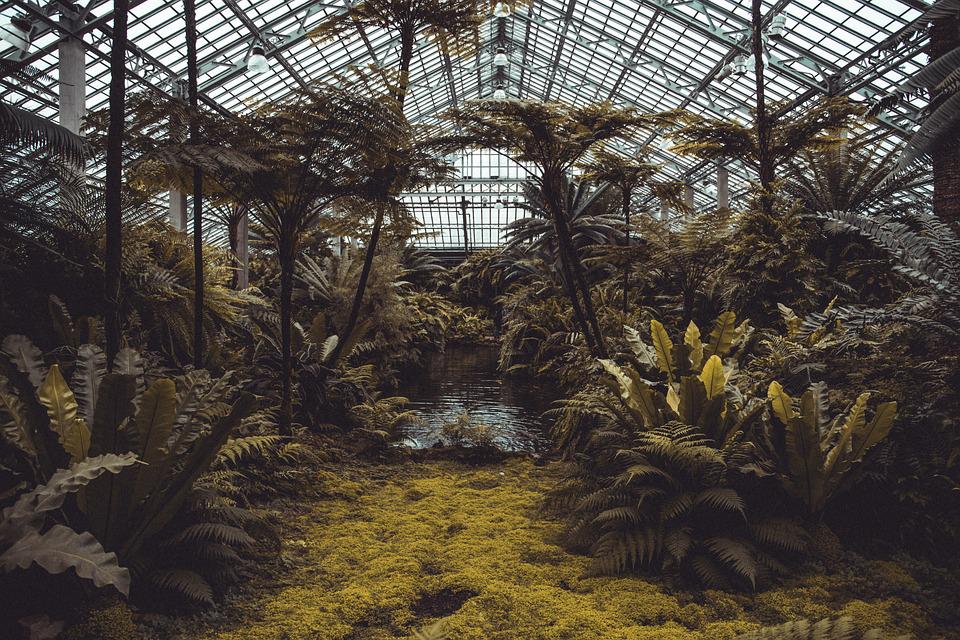You can create a green wall inside or outside your house, and it can be used as a partition wall, simple decoration, fence, etc. So, where can you place a green wall, what types of plants to choose and what are its advantages? Read on to know more!
The Location of a Green Wall
A green wall can be placed anywhere. The choice generally depends on the plants used. Be aware that some plants do not tolerate heat and may die. Places that are too exposed to the sun should be avoided. Similarly, some plants do not stand up well to negative temperatures. Avoid placing a plant wall in narrow and busy corridors. Choose places where the plants can get enough light.
The Different Plants That Can Be Used to Create a Green Wall
All types of plants can be used in the design of a green wall. They can also be grouped into 7 categories:
- Falling plants ;
- Flowering plants
- Creeping plants or undergrowth: they need water more than light. Therefore, it is preferable to place them at the bottom of the wall.
- Grasses: thanks to their clumpy development, they give more volume to the green wall. If the humidity level is high enough, grasses can be placed at the bottom. It is essential to know that some species appreciate the sun.
- Climbers: to ensure their good development, it is essential to place them in the middle of the wall.
- Perennials: they are generally used to bring bright colors to the plant wall.
- Aromatics: they are very appreciated for the aromas they give off.
Choose plants according to their hardiness, their needs in water, light and nutrients. This will promote their growth and facilitate their maintenance. Here is a non-exhaustive list of the most commonly used plants in the creation of a green wall:
- Begonias
- Mugwort
- Philodendrons
- Ferns
- Rhipsalis
- the festucale
- Rosemary
- Basil
- Gloriosa superba
- Aeschynantus marmoratus
- Jasmine of Madagascar or Marsdenia floribunda
- larmier
- ivy
- Medinilla
- Hoya carmossa
- Hibiscus
- Sedge
The Advantages of Creating a Green Wall
The plant wall is trendy for:
Its Aestheticism
A plant wall can hide imperfections in the facades, and it can also serve as a protective wall against the vis-à-vis as well as an ecological decoration. It is even proven that properties with “small-scale green spaces” are less subject to vandalism, aggression, and violence.

The Regulation of Humidity and Air Quality That It Provides
A green wall contributes to the well-being of the occupants. It has been shown that a green wall extracts 2.3 kg of CO2 in one year and produces 1.7 kg of oxygen. Thus, it contributes to the purification of the air. The green wall also regulates the ambient humidity by diffusing water vapor. For advice on the choice of depolluting plants, contact a landscaper or a gardener.
A green wall can also reduce surrounding noise by 41% by acting as a soundproofing barrier. It creates a calmer and more soothing environment, and cools the air by absorbing sunlight, especially in summer.
What are your thoughts about the green wall? Share it with us in the comments below!





